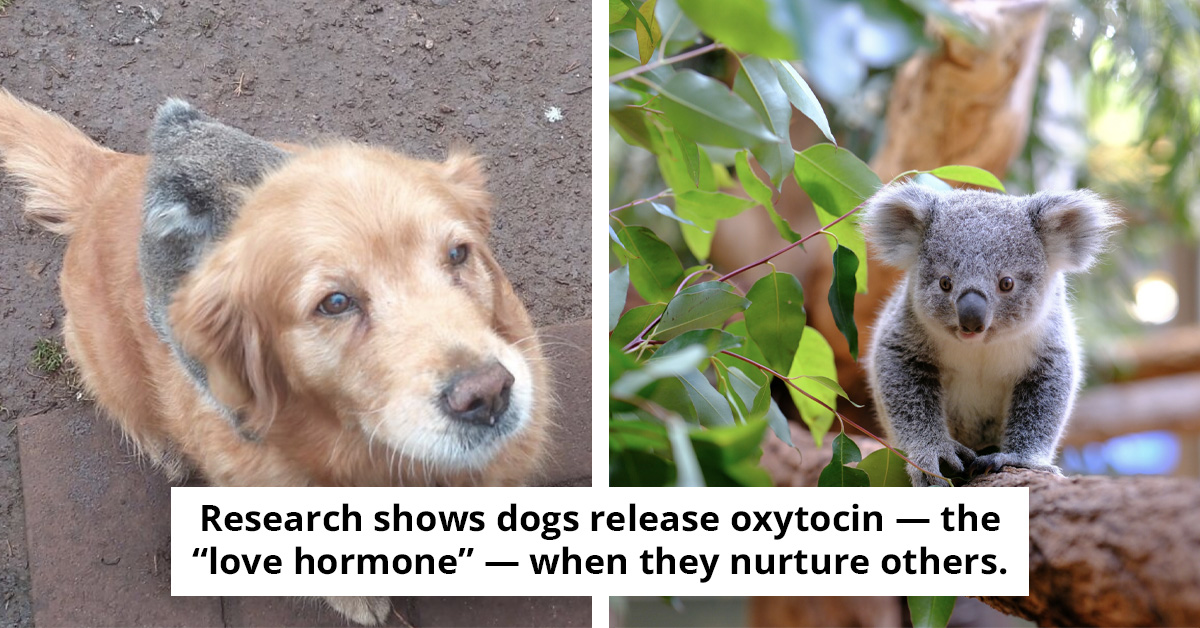Rare Albino Jaguarundi Cub Found and Rescued in Colombia
For the very first time in Colombia, rescuers spotted and rescued an albino jaguarundi cub. They found the young female in the Aburra Valley's metropolitan area.
Rescuers transferred the baby jaguarundi to a nearby conservation park for medical attention. The feline is entirely white and has red eyes.
Due to its albinism, its skin is unable to produce the pigment found in normal jaguarundis. The typical coloration of this species is either gray or red-brown.
Officials cannot release the tiny female cub back into the Colombian wild because her white fur poses an obstacle to her survival. Without melanin, animals with albinism cannot camouflage themselves.
They will struggle to hunt for food because their prey can easily see them. The female jaguarundi will live in a conservation park in Medellin for the rest of her life.
To rescue the cub, authorities collaborated with the volunteer fire department. She was found about four hours away from the urban area.
The range of these species extends from central Argentina to northern Mexico, through Central and South America (to the east of the Andes). They have slender, medium-sized bodies.
They are solitary felines but meet their fellow jaguarundis during mating season.
The conservation park shared a video of the albino jaguarundi. Let's take a look!
The Little Albino Jaguarundi
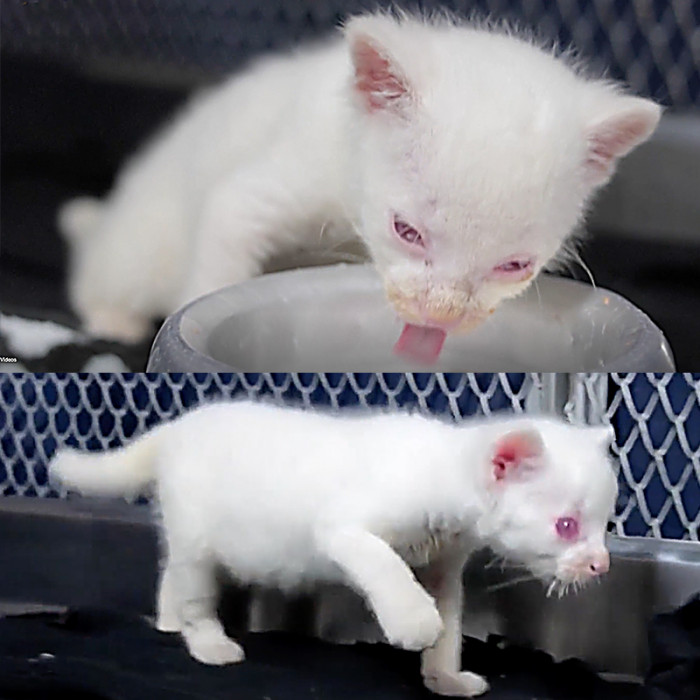
The Cub Was Given Medical Attention.
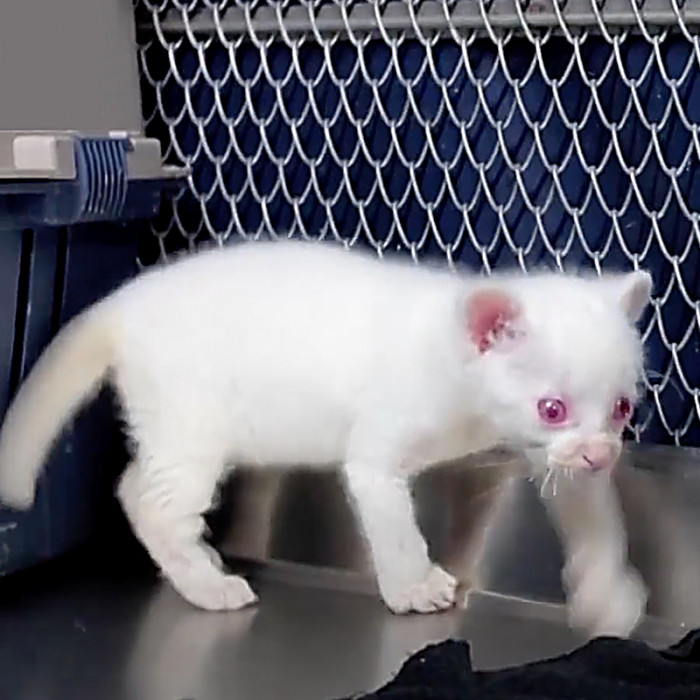
Here's the Video of the Rescued Cub.
Veterinarians tirelessly nursed the little creature back to health. According to one of the vets, the cub will remain in captivity because she is vulnerable to predators.
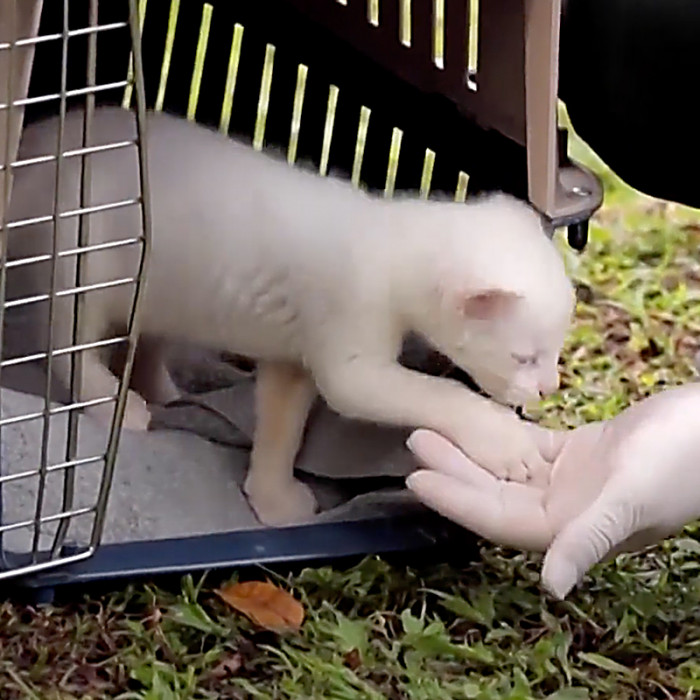
Due to Its Albinism, Authorities Can't Afford to Release It Back to the Wild.
The little one is susceptible to health problems. Her albinism will pose a challenge to her survival in the wild.
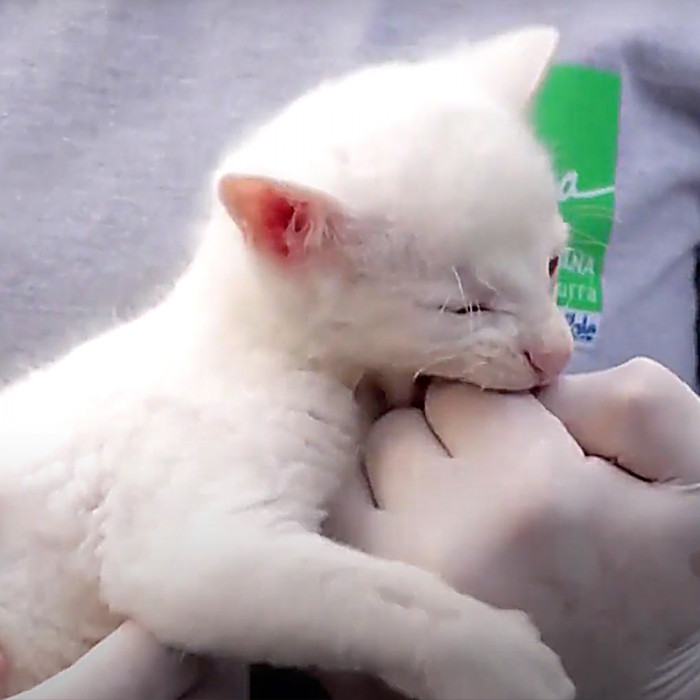
There Are Rare Cases Wherein Albino Animals Can Thrive in the Wild.
For example, a group of about a hundred albino squirrels thrived in Olney, Illinois. The local government protects white squirrels by enforcing laws that discourage drivers from hitting them.
Albino animals are not only in danger because of their living challenges; they are also targets for exotic animal sellers, poachers, and hunters.

Another Video of the Albino Jaguarundi.
This Is the Typical Color of the Jaguarundi.

Jaguarundis Are Twice the Size of Pet Cats.
They weigh between 6 and 22 pounds. What's unique about them is their weasel-like face and otter-like tail.
These animals are adept swimmers. Unlike domestic cats, they love water.

Jaguarundis Belong to the Puma Lineage.
Their range used to extend to North America, but they are now extirpated in Texas.
Occasionally, there are sightings in the area. Until now, the cats continue to live in Mexico.

It Is Believed That There Was a Small Population of Them in Florida After They Escaped Captivity in the 1940s.

See the Jaguarundi in Action.
Albinism Is Passed to Offspring When Both Parents Carry the Recessive Gene (Two Copies of the Gene from Both Sides).
Pure albino animals will have pink nails, eyes, scales, and skin. This abnormality causes them to experience health problems, including poor eyesight.
Since melanin contributes to the development of the eyes, the lack or absence of it prevents the eyes from forming properly. We hope that the little albino jaguarundi can make the most of her life, even if she is held captive at the conservation park.
